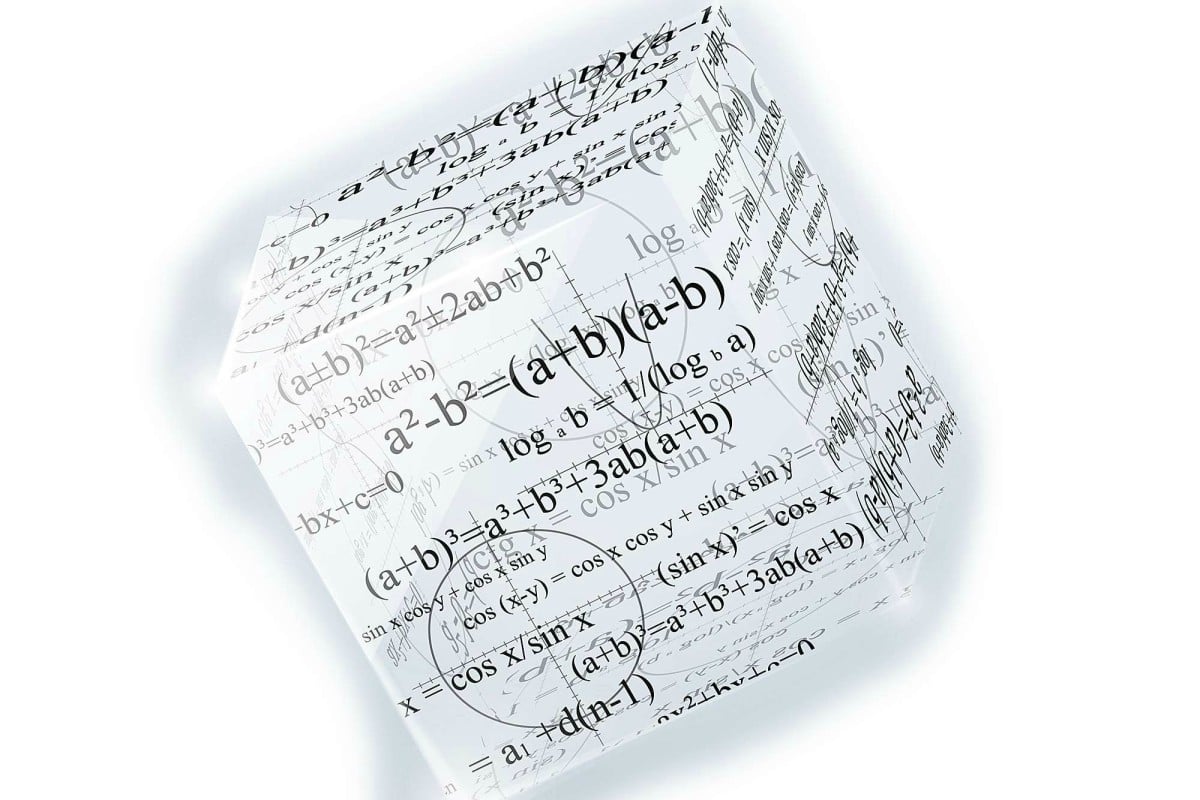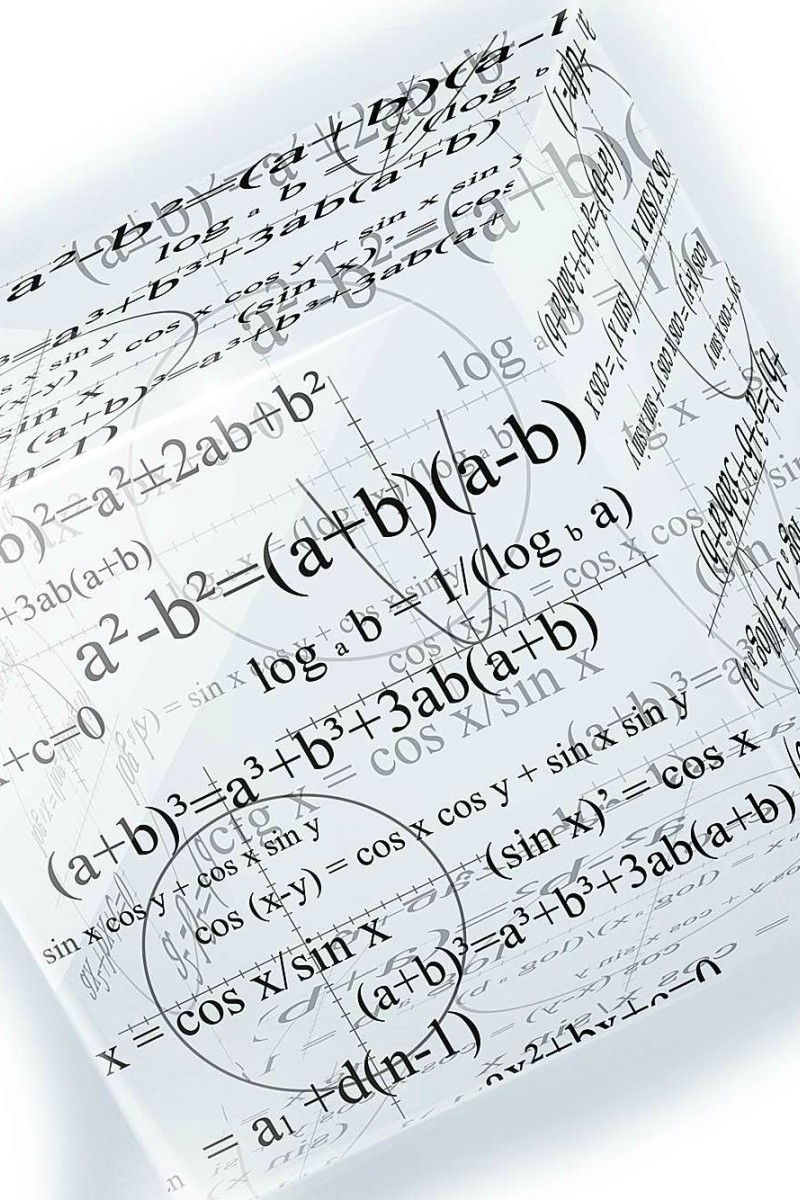
This year’s DSE Maths Extended Part was tough as usual, but not as hard as last year’s, secondary teachers say.
W. L. Lee, a maths tutor at Modern Education, said similar questions had been appearing on the paper every year. He said Module One this year focused on three topics – differentiation, probability and statistics.
“This year’s differentiation in Module One was easier because it did not include logarithmic differentiation,” he said. He said the scenarios given “for the probability questions were not difficult to understand, [but] the statistics questions were complicated, so candidates had to check numerical answers more carefully.
“With careful calculation and practice, students should have been able to handle all the questions.”
For Section A, Q6,, Lee warned students about getting confused with positive (+) and negative (-) signs.
Section B, Q12, was one of the most difficult questions. First, students needed to be familiar with the differentiation process. It was also quite difficult to analyse the resulting expression.
“This question was to differentiate top scorers from among the candidates,” said Lee.
Lee said M2 candidates drilled should have been particularly pleased, as the paper bore a very close resemblance to that of previous years.
“For Q6 in Section A and Q10 in Section B, students had to tackle trigonometry and the definite integral respectively, which could easily be found in any past papers,” said Lee.
But M2 candidate Chan Ming-lam from Diocesan Boys’ School said the questions were difficult to understand.
“It was hard to use the result from Q6(a) to prove the equation of Q6(c). It was time-consuming ,” he said.
One maths teacher, who preferred to remain anonymous, said Q12 of Section B was the most difficult question.
“Three-dimensional vectors involved three-dimensional geometry which was not an easy subject. Most students were scared of three-dimensional questions due to lack of practice,” he said.
Lee said students might need to earn at least 88 marks out of 100 to get a 5** for M1 or M2.
